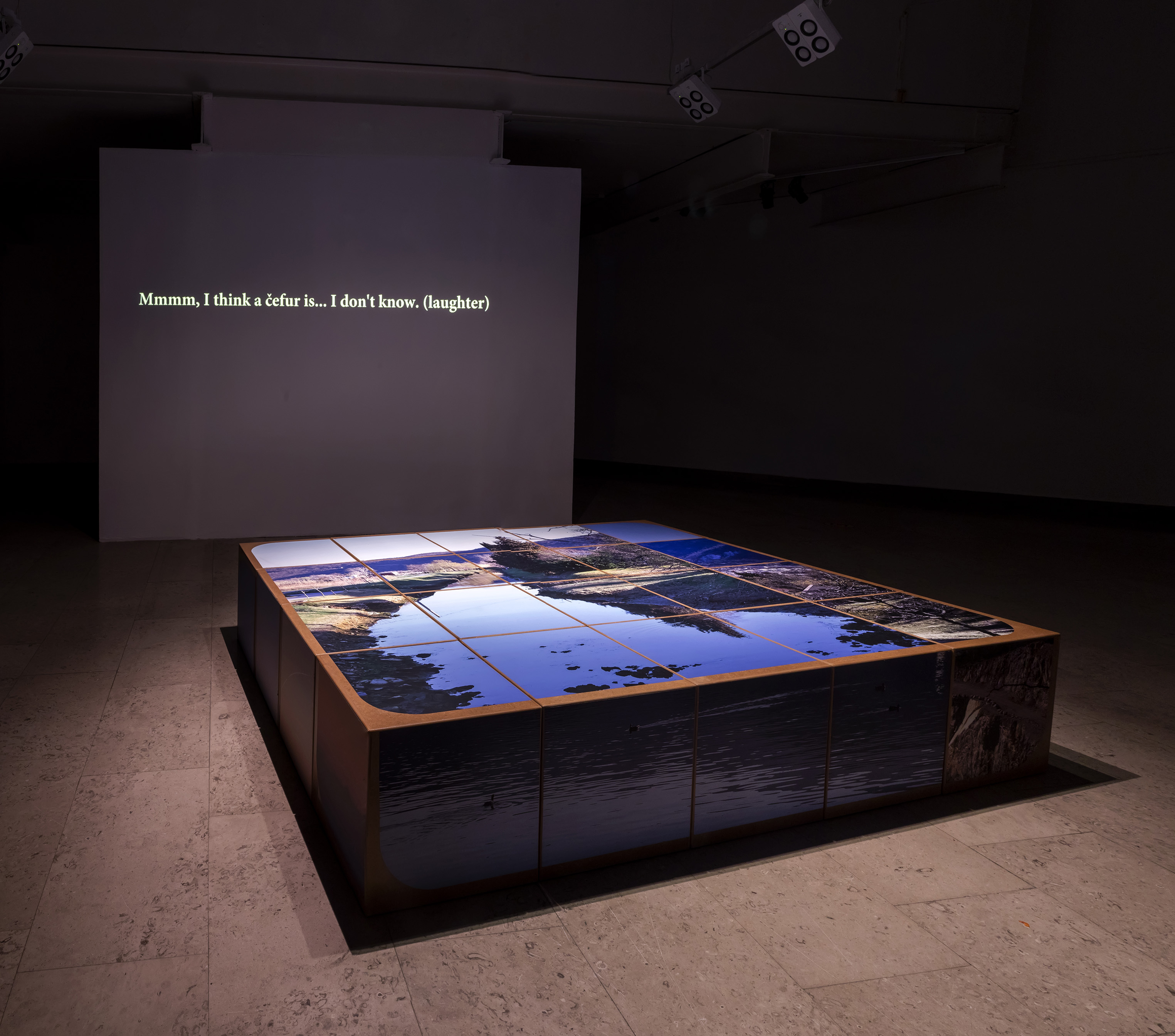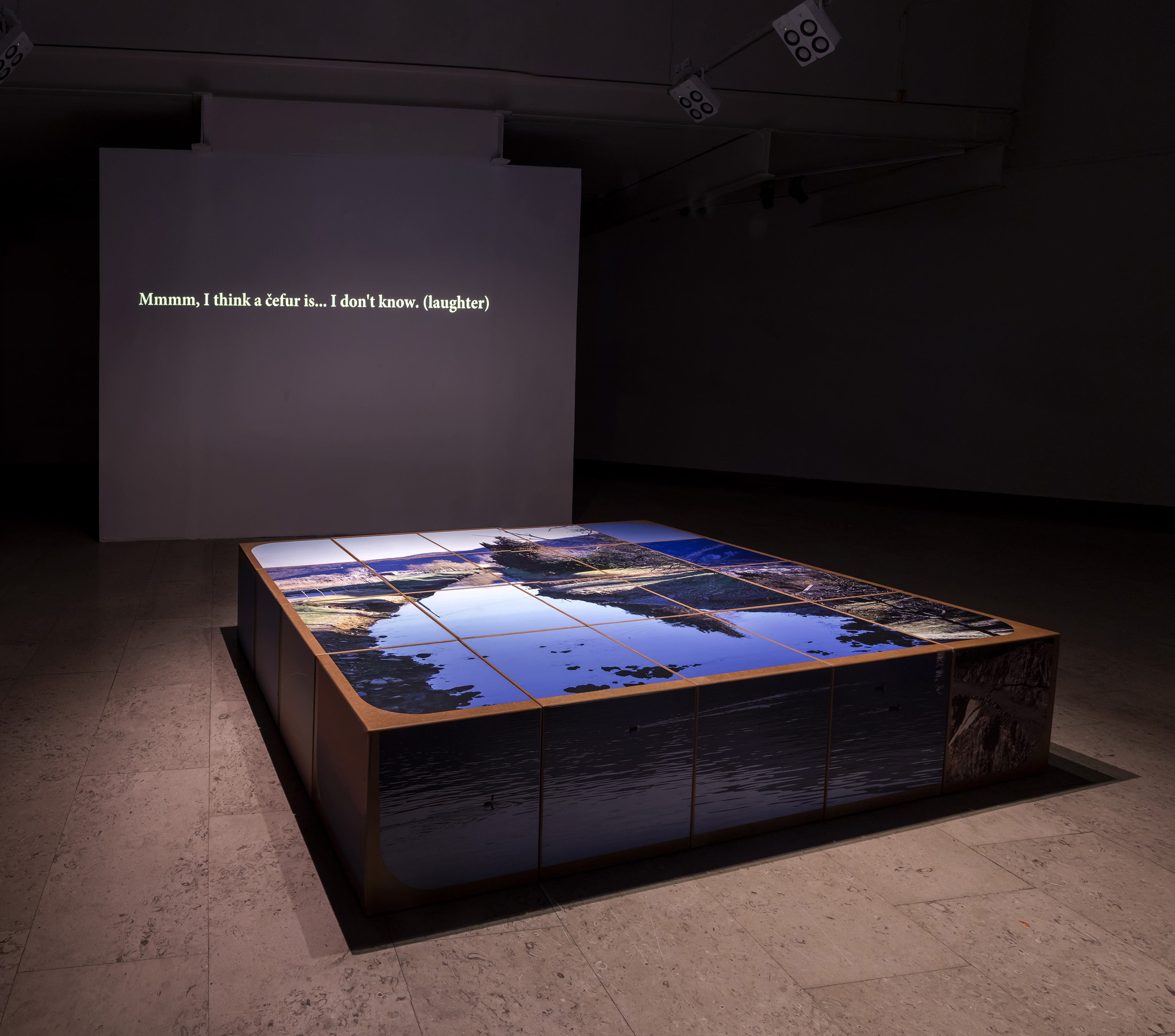Artist: Dejan Kaludjerović
Curator: Maja Hodošček
Title: umm, otherwise I don’t really know
Venue: Center for Contemporary Arts Celje, Likovni salon Gallery
Photo: Dejan Kaludjerović, Gorizia
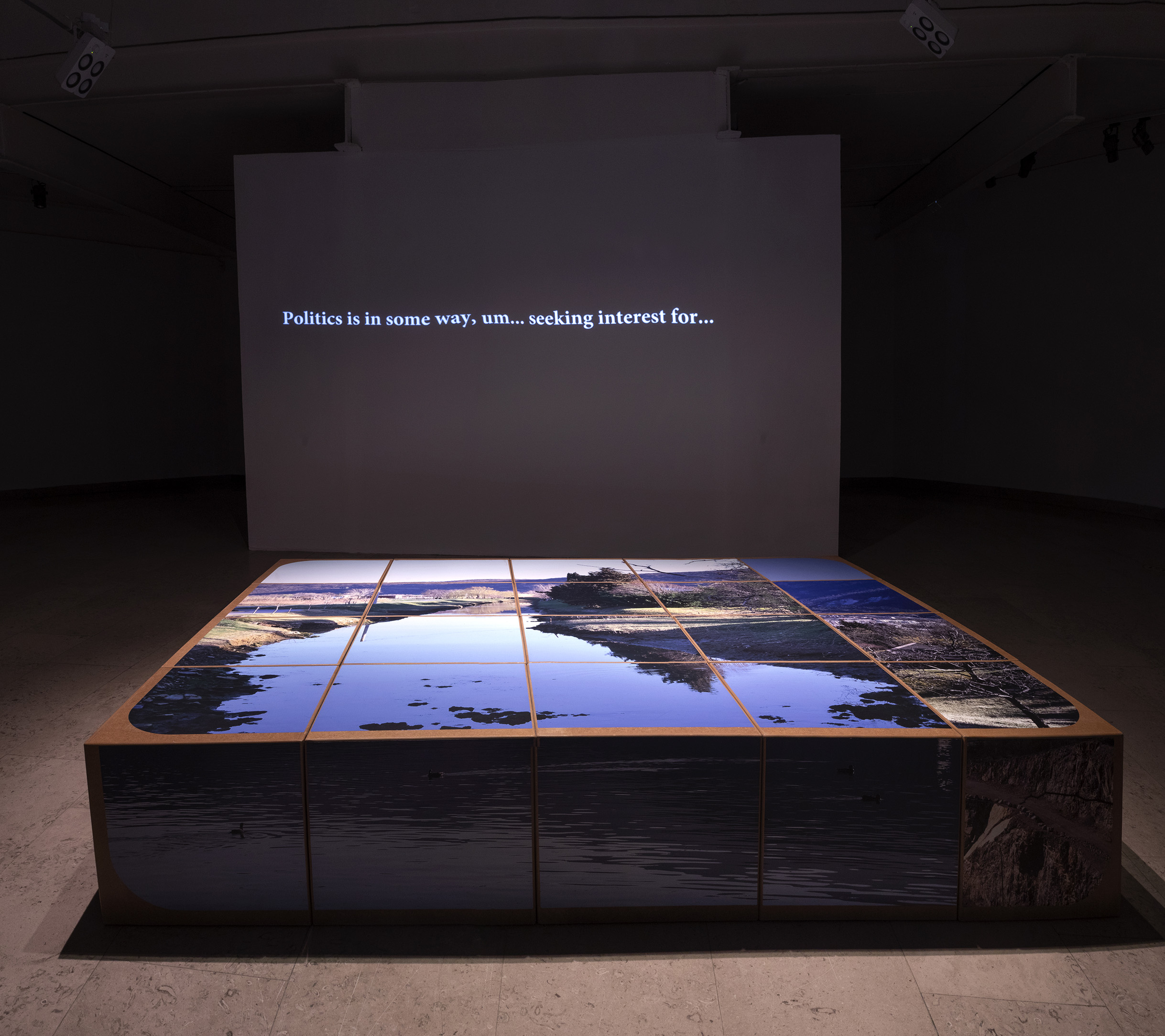
Dejan Kaludjerović expresses himself through various media, from painting, drawing, video and sound to installation. His projects are ongoing and develop over several years as separate parts of a series. Thematically, he explores the meaning of childhood through personal memory or more broadly as a social category. Among other things, he is interested in the representation of this time in the mass media. In his work, he appropriates scenes of children from advertising campaigns and places them in a new context to draw attention to the ideological messages hidden beneath the surface of the image. In his recent projects, he actively involves children in his artistic research, as they are the main protagonists of the works. He creates horizontal environments where children can make their own choices, speak openly and express themselves, while subtly exposing the process of indoctrination that takes place in the child’s most intimate environment and beyond.
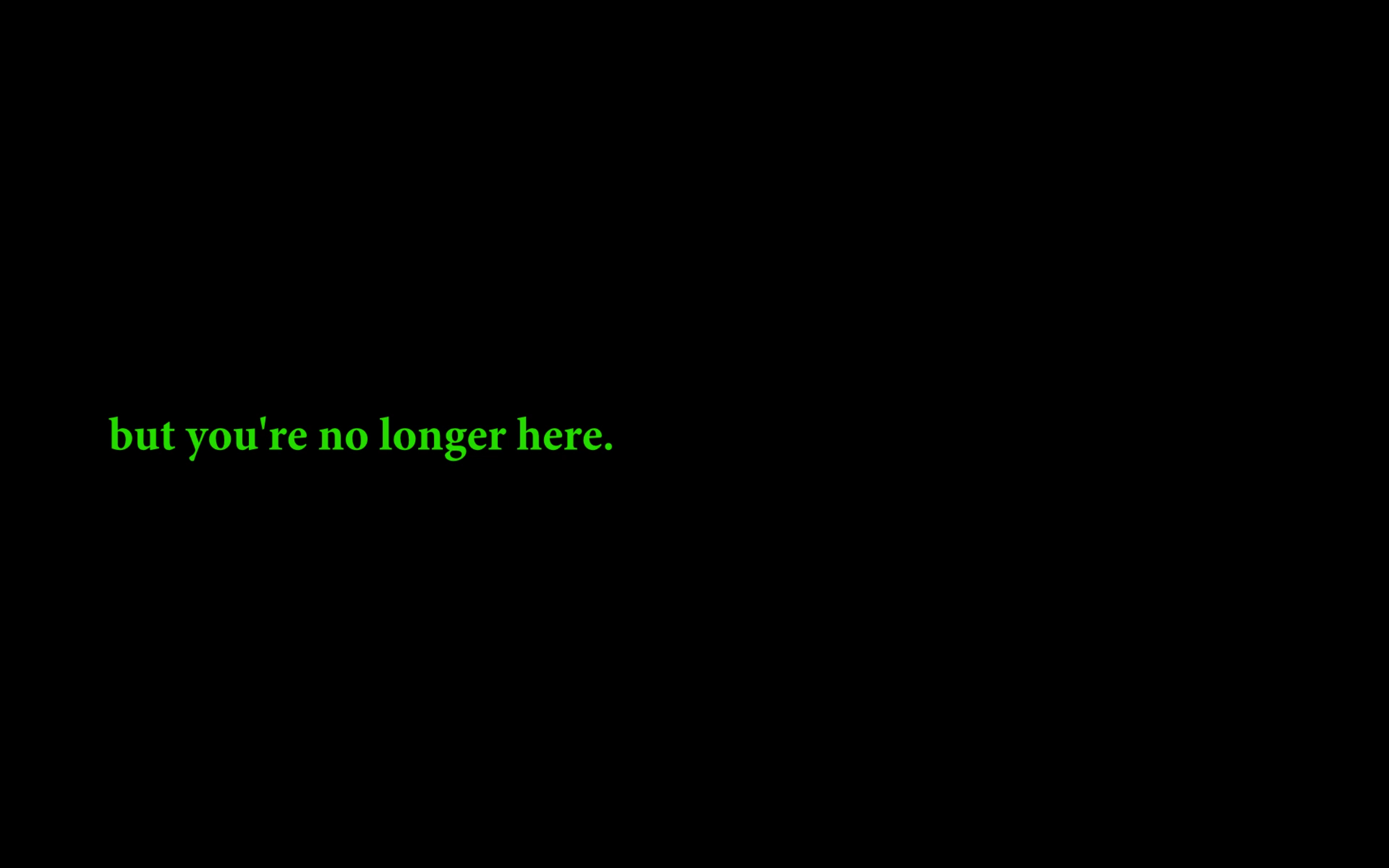
He is interested in how political change shapes the experience of the subject in everyday life. He explores his own growing up in Yugoslavia, the tragedy of state collapse, and the symptoms of transition to the capitalist system. A significant work from this period is the installation What Did Tomorrow Bring Us? (2001), in which he manipulates photographs of his parents from the time of the joint state. In the projection, we see them at a crossroads, each sitting on their own side of the bridge railing. What does the future hold when the foundations of one’s history are lost, the artist asks himself in this piece, confronted with the post-war reality and the precarisation of the social fabric. The situation that has forced many to migrate and seek a better life in the West. That approaching the Western model of consumer society and the promise of prosperity go hand in hand with a policy of exclusion, particularly pronounced towards migrants, is expressed by the artist in the work Europoly – The European Union Identity Trading Game (since 2004). He appropriates the well-known board game Monopoly and turns it into a political game, playing around with different identities, mostly immigrants. The portrayed migrant workers arranged on the board game invite the viewer to play the game with the promised goal of acquiring citizenship in one of the EU countries.
The game as a metaphor for social reality is a common element in the art practice of Dejan Kaludjerović. In his ongoing research project Conversations: Hula Hoops, Elastics, Marbles and Sand (since 2013), he transforms various games into spatial installations. At the heart of the installations are the recordings of the conversations with children that the artist made over several periods and in various countries. In this extensive project, he explores how children learn by building a relationship with the world as they observe their surroundings. The artist is interested in the forces and impulses that significantly influence the formation of a child’s personality and assimilation into the existing social order through learning. He interviews children between the ages of 6 and 10 who come from different social backgrounds. He asks them about their opinions on general social concepts and phenomena such as fear, freedom, future, dreams, money, state, religion and war. From the views, beliefs and values expressed by the children, the viewer deciphers the family scenario and the cultural and political background of the space in which they are growing up. So far, he has produced the Conversations series with children in Russia, Serbia, Azerbaijan, Iran, Austria, Israel and Slovenia.
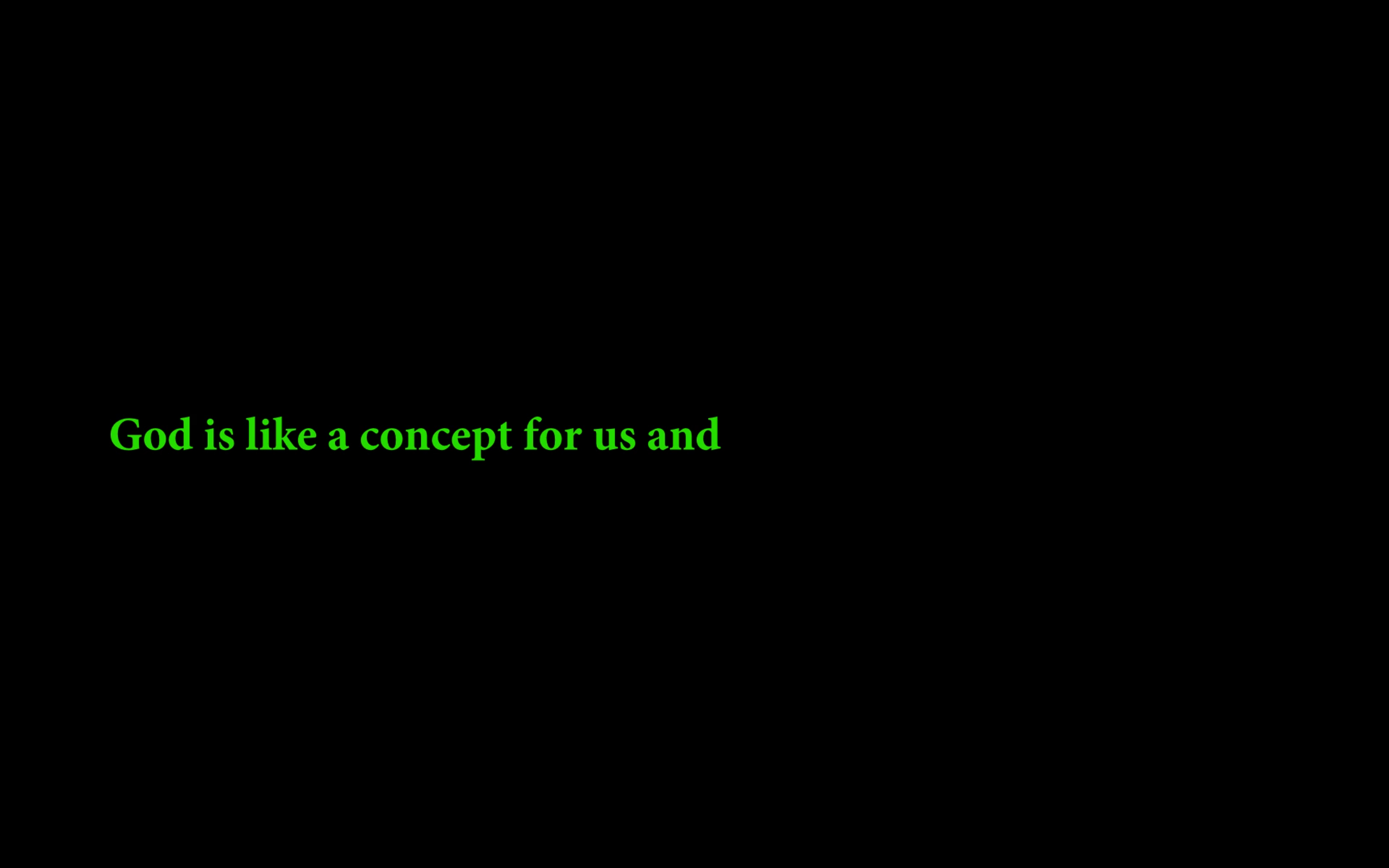
He presents the Slovenian edition at Likovni salon. The installation consists of a projection and audio recordings and printed cubes in the space. By listening to the sound performance, the viewer gets a glimpse into the children’s minds, into their cognitive world, which is flooded with many impressions and experiences that they try to summarise succinctly in the opinions expressed. Some of the concepts link directly to their world of experience, others are removed from it and exist only as ideas, supported by impressions from the environment. They have different experiences in common, some have already encountered violence, they also understand that relationships in the world are not equal, and they are beginning to cultivate a critical attitude towards society. The sound narrative is accompanied by an installation of cubes printed with images of the Slovenian landscape, marked by past or present political issues or used to form the Slovenian national identity.
